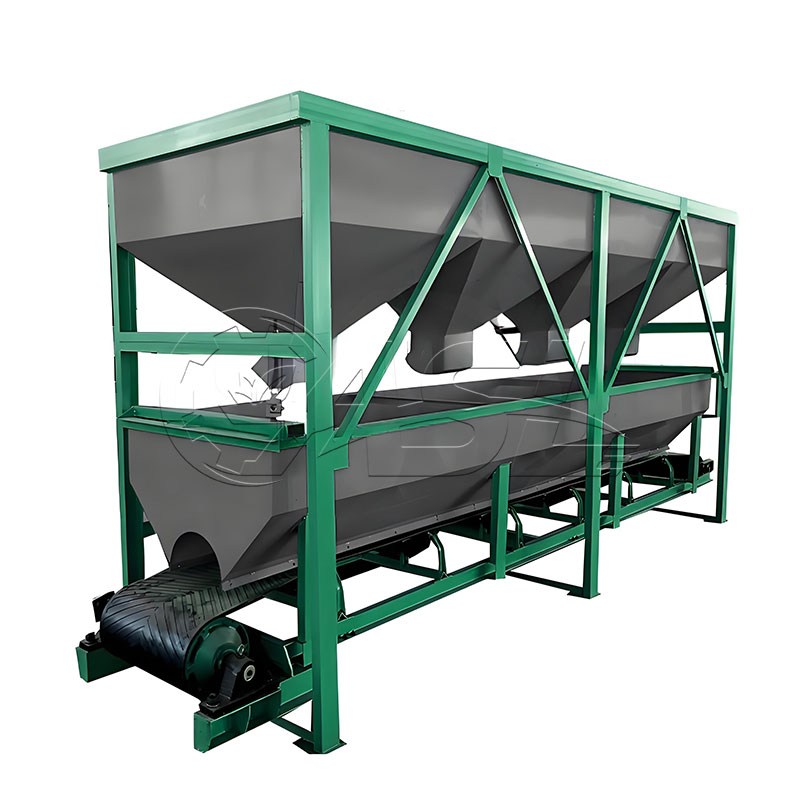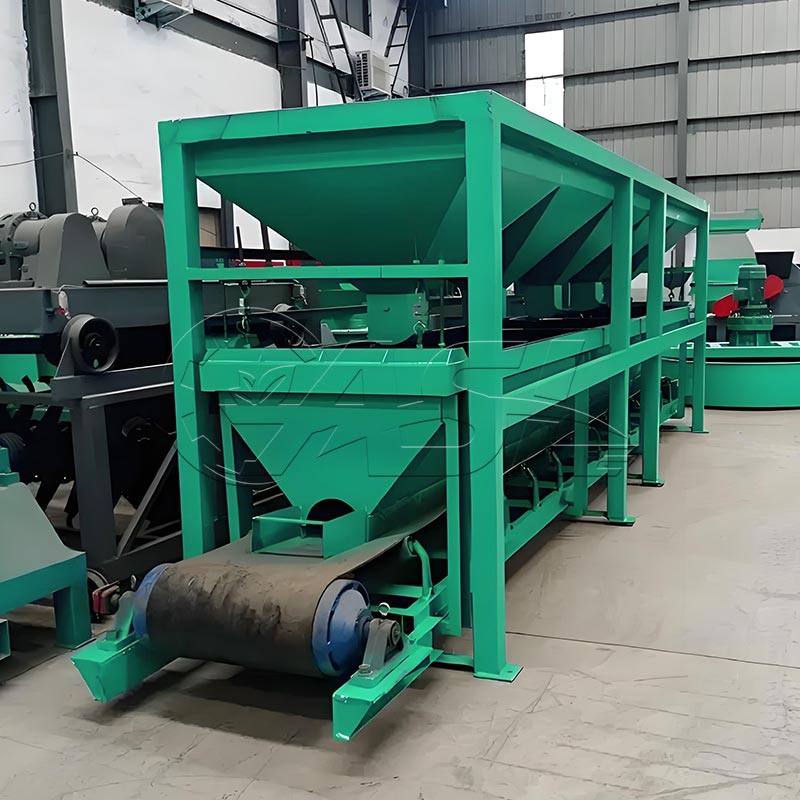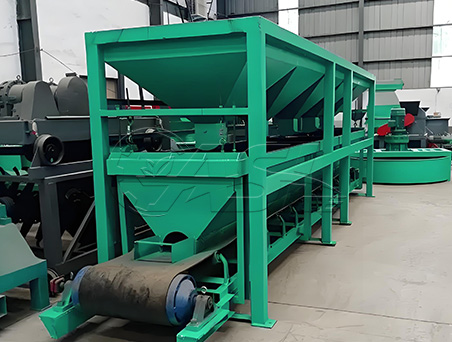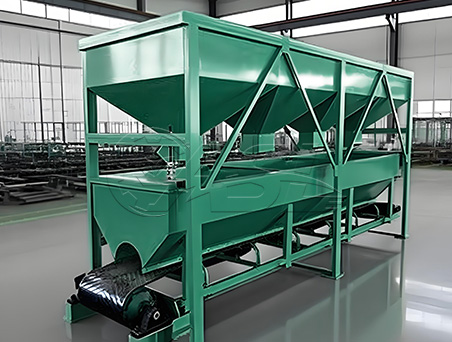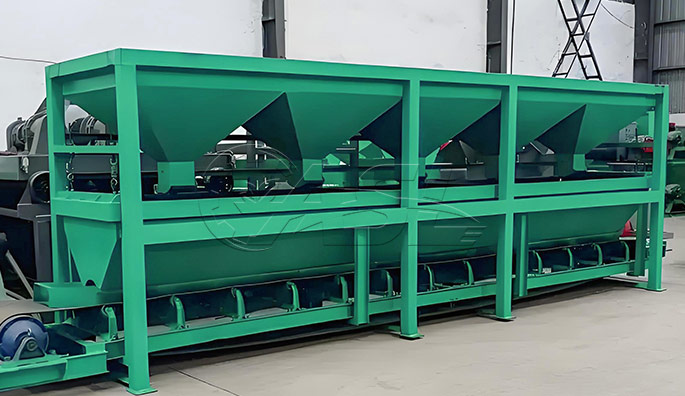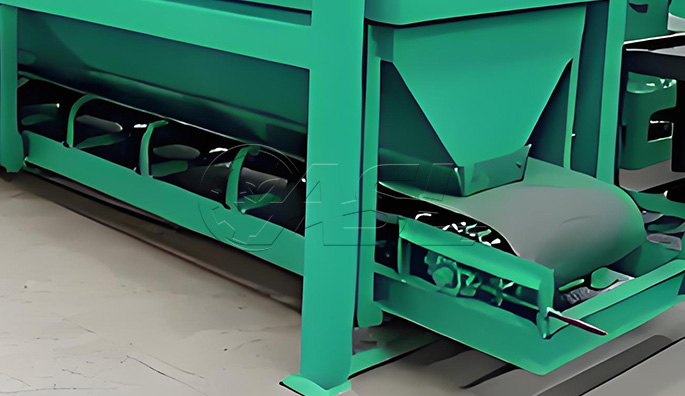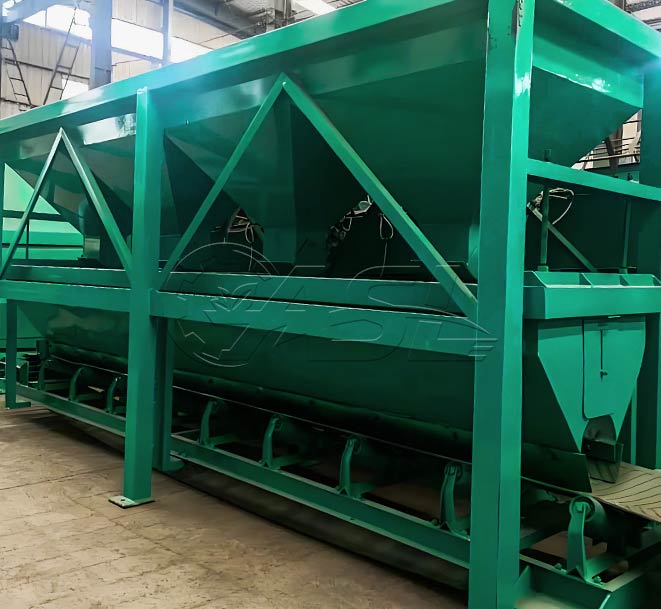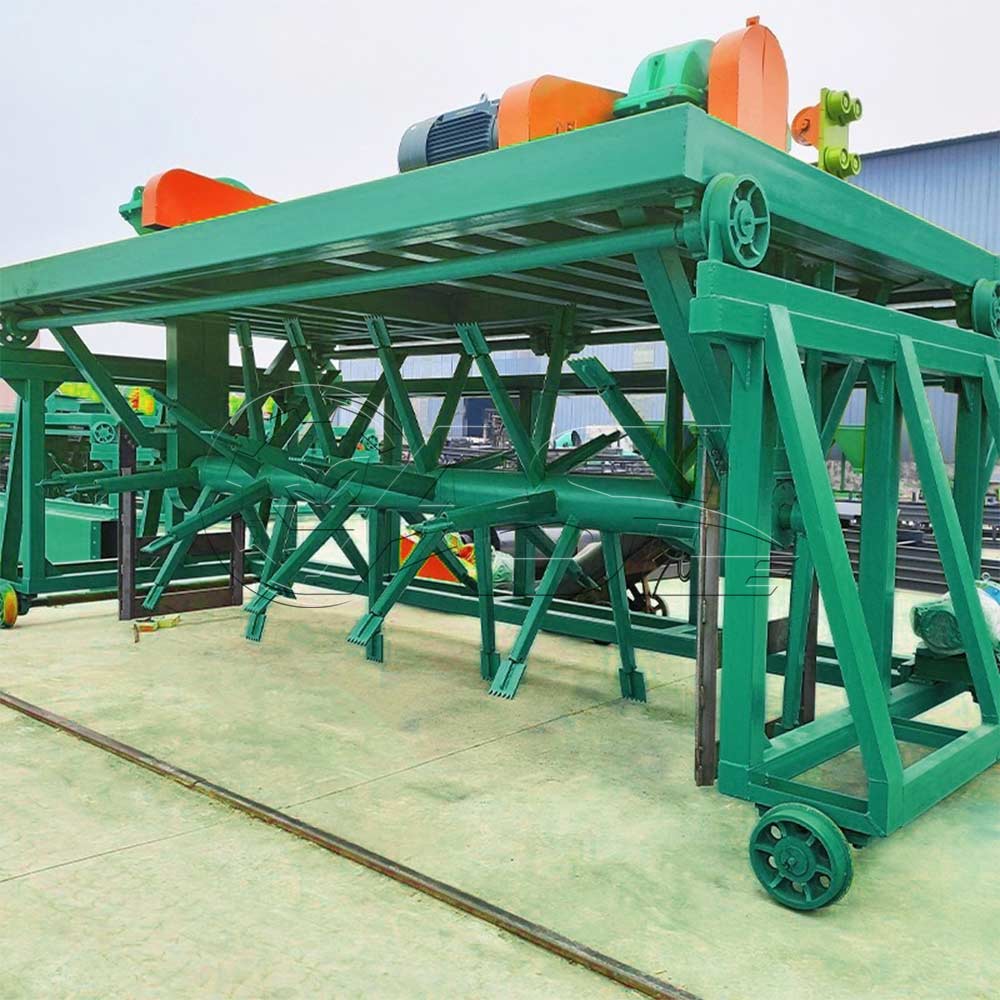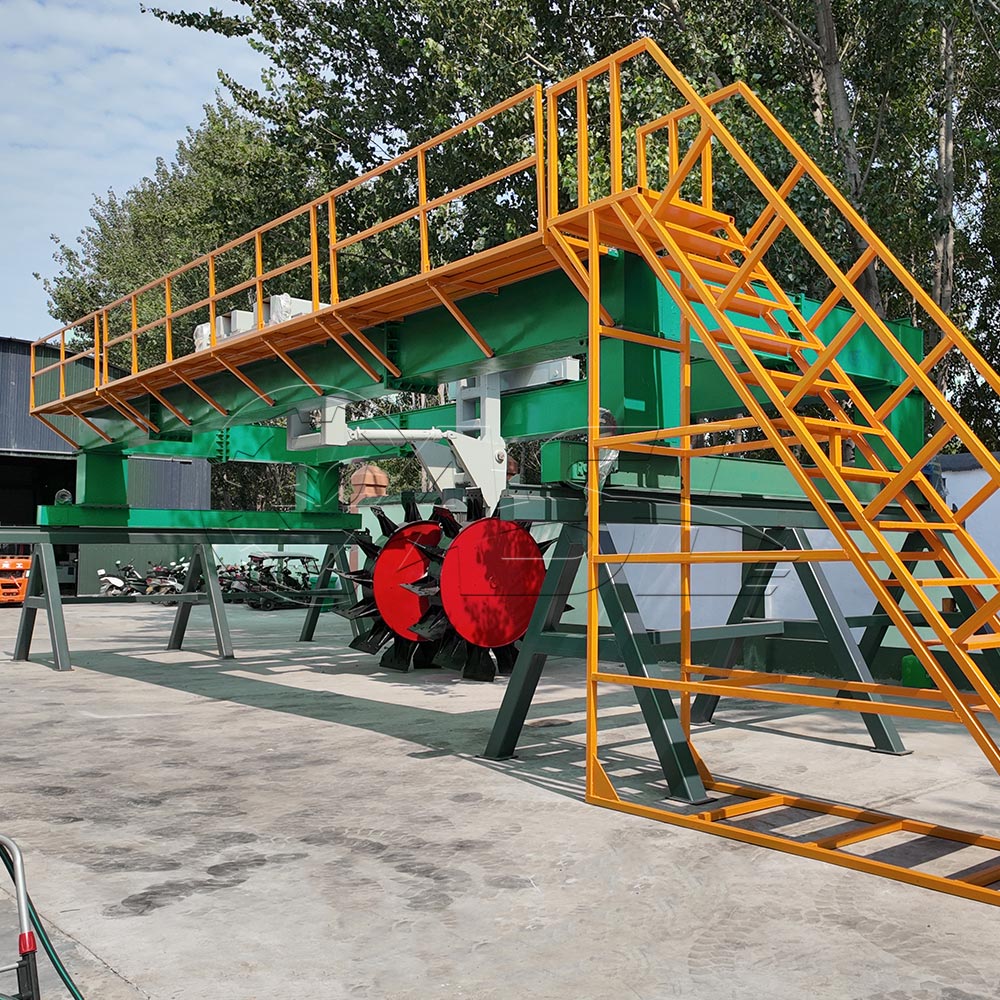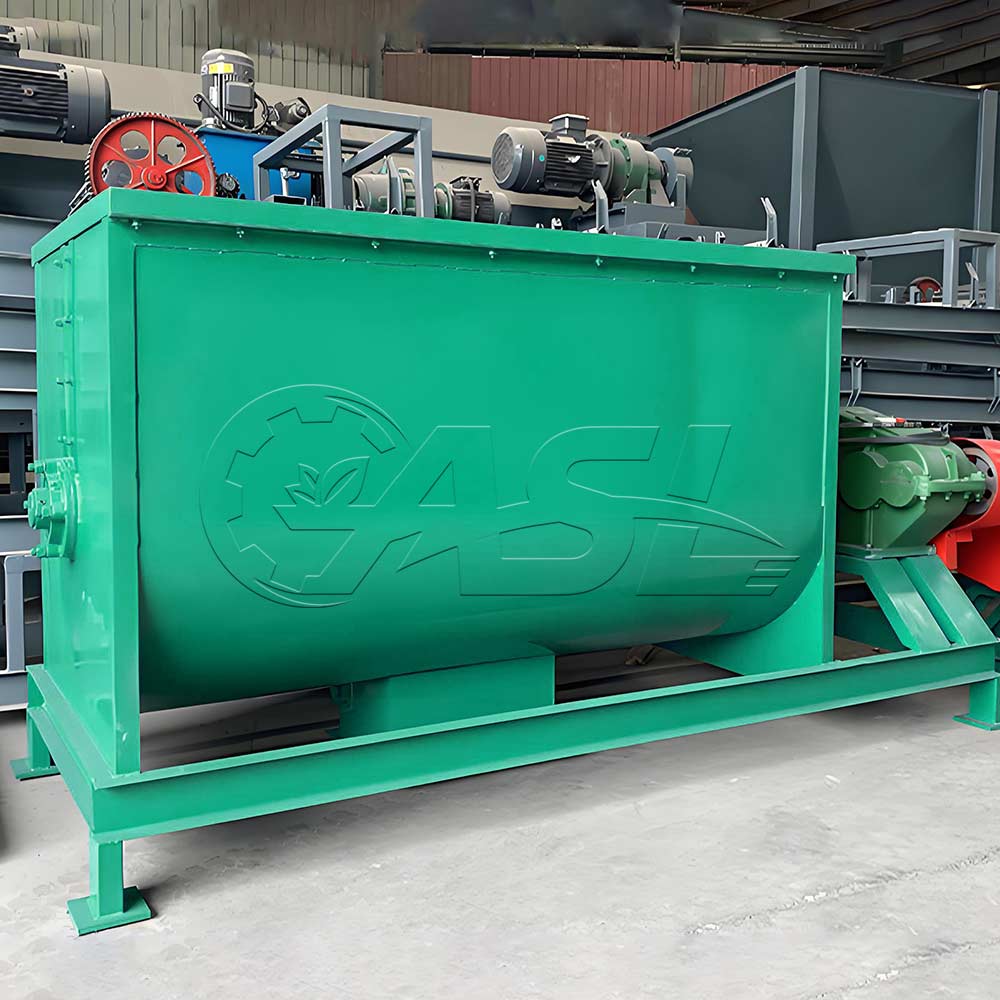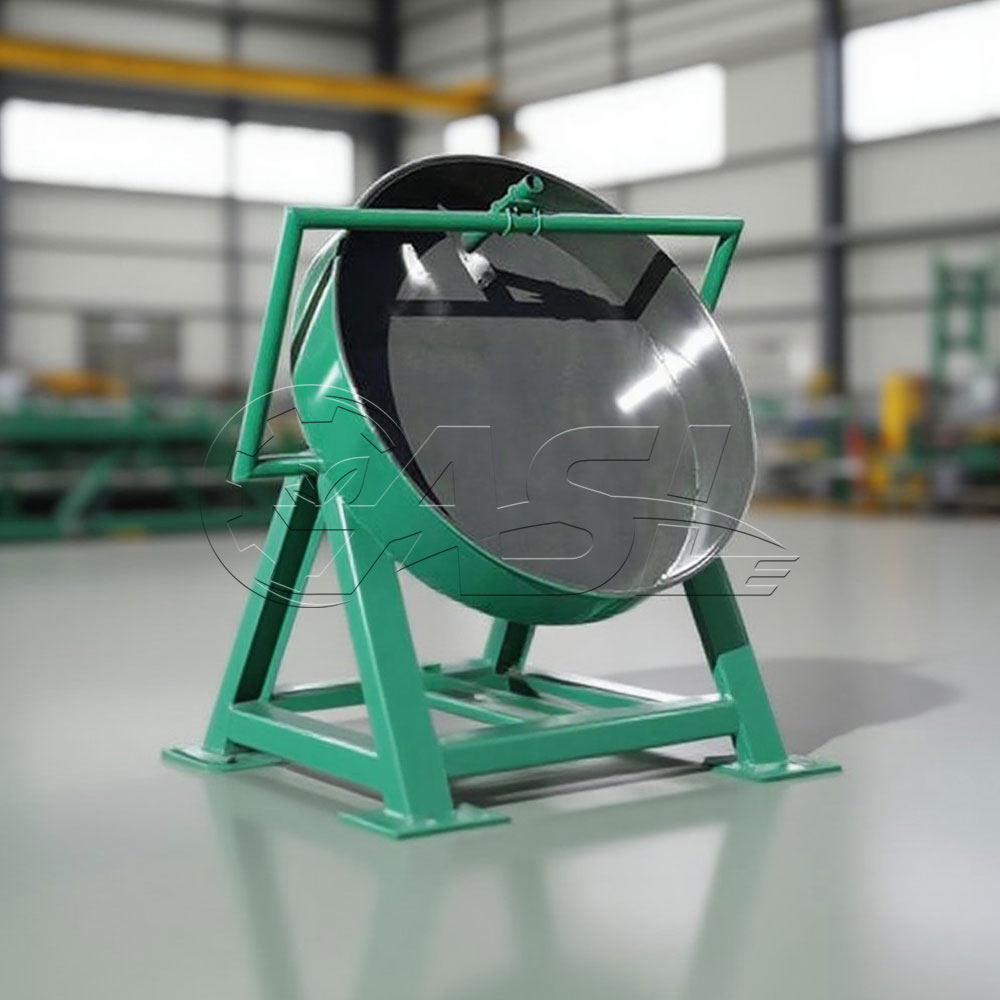What is the core function of a static batcher for organic fertilizer?
The core function of a static batcher for organic fertilizer is to accurately weigh and batch various organic fertilizer raw materials (such as decomposed manure, straw powder, mushroom residue, and trace elements) according to preset formula ratios before mixing. It is a key piece of equipment for formula implementation in organic fertilizer production.
What is the difference between a static batcher and a dynamic batcher?
The key differences between a static batcher and a dynamic batcher lie in the "batch state" and "precision logic": Dynamic batchers continuously weigh raw materials during transportation, making them suitable for high-capacity applications with lower precision requirements. Static batchers, on the other hand, precisely weigh raw materials in a stationary state after they enter a fixed silo/weighing hopper (similar to an electronic scale). This provides higher batching accuracy and is more suitable for organic fertilizer production requiring "multiple raw materials, small batches, and high-precision formulas" (such as when adding key ingredients like trace elements and functional microbial agents).
How many raw materials can the machine batch simultaneously?
Conventional static batchers for organic fertilizer support 2-8. The equipment can process various raw materials simultaneously, and the number of silos can be flexibly customized based on the complexity of the formula (e.g., 2-3 raw materials for a basic formula, 5-8 for a functional organic fertilizer formula).
What kind of organic fertilizer raw materials are suitable for the equipment? Can it process easily agglomerated raw materials?
The equipment is highly adaptable to organic fertilizer raw materials and can process common raw materials in powdered, granular, and small lumps, such as composted livestock and poultry manure (after crushing), straw powder, peanut shell powder, mushroom residue, peat moss, monoammonium phosphate (granules), potassium sulfate (granules), and trace element powders.
For easily agglomerated raw materials, the equipment addresses the batching challenge through two design features: ① Anti-sticking lining is installed on the inner wall of the silo to reduce the adhesion of raw materials to the silo wall; ② A de-caking device (such as pneumatic de-caking or vibration de-caking) is installed at the bottom of the silo. This breaks up raw material lumps through airflow or gentle vibration, ensuring an even drop of raw materials and preventing clogged discharge ports and interrupted batching.

